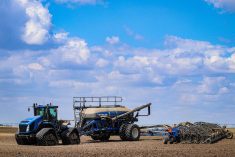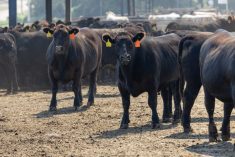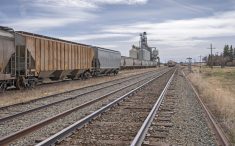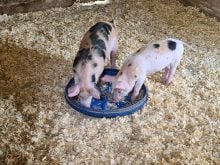CHICAGO, Nov 13 (Reuters) – Chicago Mercantile Exchange cattle futures <0#LC:> fell sharply on Friday, rounding out the week on a sour note as traders sought cover amid a steep downturn in wholesale beef prices.
CME live cattle and feeder cattle futures gave back much of the gains they had made in the past two sessions, after prices had slid to contract lows early this week.
The U.S. Department of Agriculture on Friday afternoon reported that wholesale choice and select cutouts were down as much as $2.50 from Thursday afternoon, with the choice cutout falling to $209.30 per cwt, lowest in about five weeks.
Read Also
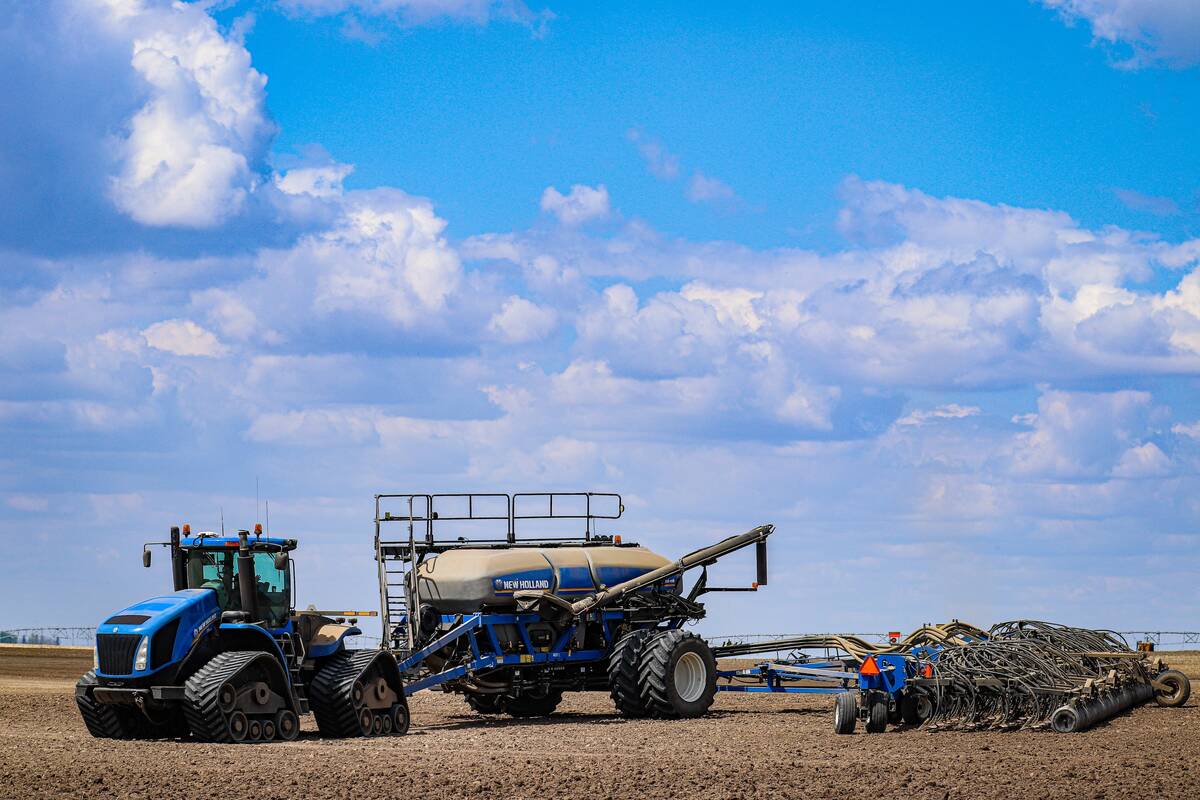
NFU says proposed plant breeders’ rights come at farmers’ expense
The National Farmers Union is pushing back against changes to the Plant Breeders’ Rights Act that would narrow the scope of farmers’ right to save seed or propagate crops from cuttings and tubers.
Meanwhile, CME lean hog futures on Friday also were down, as ample pork supplies continued to weigh on the market.
Front-month December futures rose two sessions in a row this week, but failed to hold above their 10-day moving average. On Friday, December lean hogs closed the day down 1.300 cents at 54.800 cents per lb, while February lean hogs were down 1.200 cents at 57.050 cents.
Spot December live cattle closed Friday down 2.475 cents, at 130.675 cents per lb, while February ended the day down 2.575, at 132.650 cents.
CME feeder cattle futures also slumped, with spot November closed at 175.075 cents per lb, down 0.300 cents, and January was down 2.350 cents to 164.550 cents.
The cash market saw little respite, either, this week. There has been scant cash cattle traded this week in the southern U.S. Plains, with packers bidding about $131 per cwt.
Feedlot operators in Texas and Kansas offering their animals for $134 per cwt on Friday, down $4 from the previous week. Nebraska fed cattle traded at $135 per cwt, up from $130 to $131 a day earlier – but $3 less than a week ago. Investors overall had expected such trades to draw in prices lower than the mostly $134 trade in Texas and Kansas last week.
“We’re still working through this supply of heavy cattle that has been burdensome on this market,” said Lee Schulz, assistant professor of agricultural and livestock economics at Iowa State University. “Overall, our feeder cattle and fed cattle supplies are still tight. But in the current market, we’re dealing with cattle that need to be sent to market and are heavier from being fed longer.”
Traders are also concerned about how healthy consumer demand for beef cuts will be going into the holiday season, particularly if wholes prices go higher, Schulz said.




